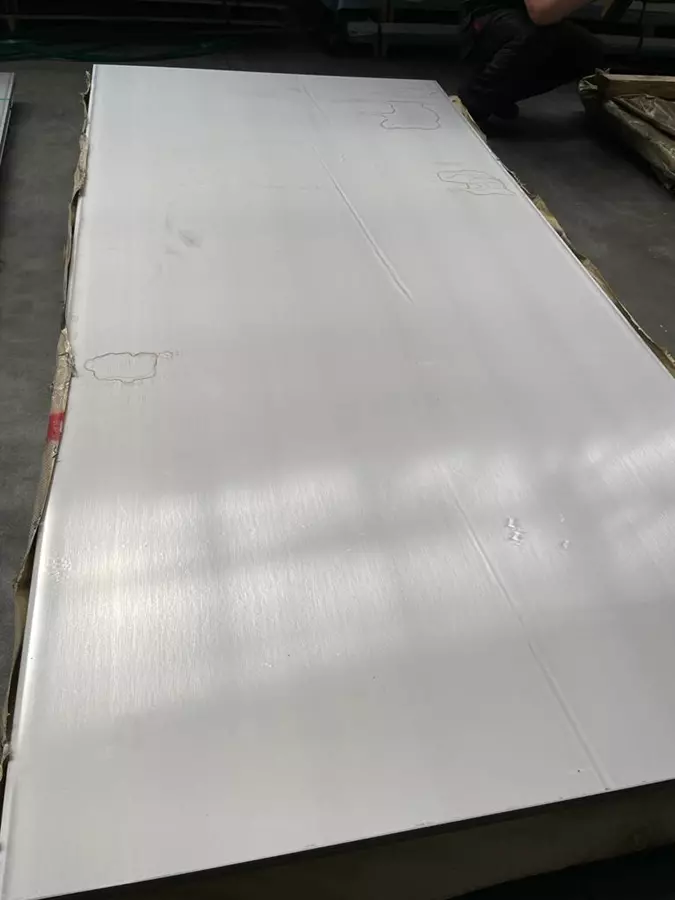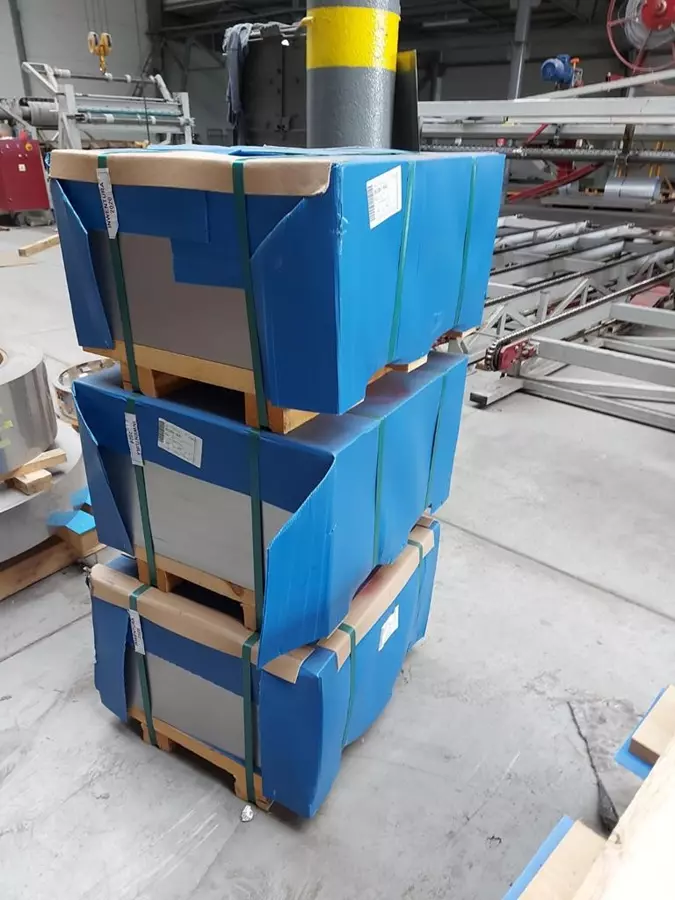
Introduction to technological advancements in stainless steel distribution
The distribution of stainless steel, a crucial material in various industries, has significantly evolved due to technological advancements.
The advent of new technologies has streamlined processes, enhanced efficiency, and reduced costs, reshaping the entire supply chain. As industries increasingly rely on stainless steel for its durability and resistance to corrosion, the demand for more efficient distribution methods has grown.
Historically, stainless steel distribution involved manual processes and paper-based documentation, leading to inefficiencies and errors. With the integration of digital technologies, these processes have become more automated and accurate. This shift has allowed distributors to better manage inventories, forecast demand, and optimize logistics, ensuring that customers receive their orders more quickly and reliably.
Technology’s impact on stainless steel distribution is multifaceted, affecting everything from inventory management to customer service. The following sections will delve deeper into the specific areas where technology has made the most significant impact, highlighting the benefits and challenges that come with these advancements.
Automation in inventory management
One of the most significant impacts of technology on stainless steel distribution is in inventory management. Automation tools and software have revolutionized how distributors track and manage their stock. These systems provide real-time data on inventory levels, helping companies avoid overstocking or stockouts, which can be costly and disruptive.
Automated inventory management systems use sophisticated algorithms to predict demand based on historical data and market trends. This predictive capability allows distributors to maintain optimal inventory levels, reducing the need for excess storage space and minimizing carrying costs. Additionally, these systems can automatically reorder stock when levels fall below a certain threshold, ensuring a continuous supply of materials.
Moreover, the integration of inventory management software with other business systems, such as accounting and customer relationship management (CRM) tools, has streamlined operations. This connectivity enables better coordination between departments, improving overall efficiency and customer satisfaction. Distributors can now provide accurate delivery timelines and reduce lead times, enhancing their competitiveness in the market.
Advancements in logistics and transportation
Technology has also had a profound impact on logistics and transportation within the stainless steel distribution industry. Advanced logistics software and tracking systems have improved the visibility and control of shipments, allowing for more precise delivery scheduling and route optimization. This has led to reduced transportation costs and faster delivery times.
GPS tracking and real-time monitoring systems enable distributors to track their shipments throughout the entire transportation process. This real-time visibility helps in identifying potential delays or issues, allowing for proactive solutions. Enhanced tracking capabilities also improve communication with customers, providing them with up-to-date information on their orders.
Additionally, the use of transportation management systems (TMS) has streamlined the coordination of various logistics activities. TMS solutions optimize route planning, consolidate shipments, and manage carrier relationships, all of which contribute to more efficient and cost-effective transportation. As a result, distributors can offer more reliable and flexible delivery options to their customers.
Role of digital platforms in customer engagement
The rise of digital platforms has transformed how stainless steel distributors engage with their customers. E-commerce websites and online portals provide customers with easy access to product information, pricing, and availability, facilitating more informed purchasing decisions. These platforms also offer convenient ordering processes, enhancing the overall customer experience.
In addition to e-commerce capabilities, digital platforms support better communication and customer service. Online chat features, email support, and automated responses ensure that customer inquiries are addressed promptly. Moreover, customer relationship management (CRM) systems help distributors maintain detailed records of customer interactions, preferences, and order histories, enabling personalized service and targeted marketing efforts.
The adoption of digital platforms has also enabled distributors to gather valuable data on customer behavior and preferences. This data can be analyzed to identify trends, improve product offerings, and develop more effective marketing strategies. By leveraging digital tools, distributors can build stronger relationships with their customers and drive sales growth – rollsteel.eu.
Impact of iot and ai on distribution processes
The Internet of Things (IoT) and artificial intelligence (AI) are two cutting-edge technologies that have significantly impacted stainless steel distribution. IoT devices, such as smart sensors and RFID tags, provide real-time data on the location, condition, and status of materials throughout the supply chain. This enhanced visibility allows for better inventory management, reduced waste, and improved quality control.
AI algorithms, on the other hand, analyze vast amounts of data to optimize various aspects of the distribution process. For example, AI can predict demand fluctuations, optimize routing for transportation, and identify potential disruptions in the supply chain. These insights enable distributors to make more informed decisions, improve efficiency, and reduce operational costs.
Furthermore, the integration of IoT and AI technologies facilitates proactive maintenance of equipment and infrastructure. Predictive maintenance systems can detect potential issues before they lead to equipment failures, minimizing downtime and ensuring smooth operations. This proactive approach to maintenance helps distributors maintain high levels of productivity and reliability.
Challenges and opportunities in technological adoption
While technology has brought numerous benefits to stainless steel distribution, it also presents certain challenges. One of the primary challenges is the high cost of implementing advanced technologies. Small and medium-sized distributors may find it difficult to invest in sophisticated systems and tools, potentially putting them at a competitive disadvantage.
Additionally, the rapid pace of technological change can make it challenging for distributors to keep up. Continuous learning and adaptation are required to stay current with the latest advancements. This need for ongoing education and training can strain resources and divert attention from core business activities.
Despite these challenges, the opportunities presented by technological advancements are substantial. Distributors who successfully adopt and integrate new technologies can gain a significant competitive edge. Improved efficiency, reduced costs, and enhanced customer satisfaction are just a few of the benefits that can drive business growth and success in the long term.
Future trends in stainless steel distribution technology
Looking ahead, several emerging technologies are poised to further transform stainless steel distribution. Blockchain technology, for instance, has the potential to enhance transparency and security in the supply chain. By providing an immutable record of transactions, blockchain can help prevent fraud, ensure the authenticity of materials, and streamline documentation processes.
Another promising trend is the development of advanced robotics and automation solutions. Autonomous vehicles and drones could revolutionize transportation and delivery, reducing human error and increasing efficiency. Additionally, advancements in 3D printing technology may enable on-demand production of stainless steel components, further reducing lead times and inventory costs.
As these technologies continue to evolve, stainless steel distributors must remain agile and adaptable. Embracing innovation and staying ahead of industry trends will be crucial for maintaining competitiveness in an increasingly digital and automated world. By leveraging the latest technological advancements, distributors can enhance their operations, better serve their customers, and secure a prosperous future.



